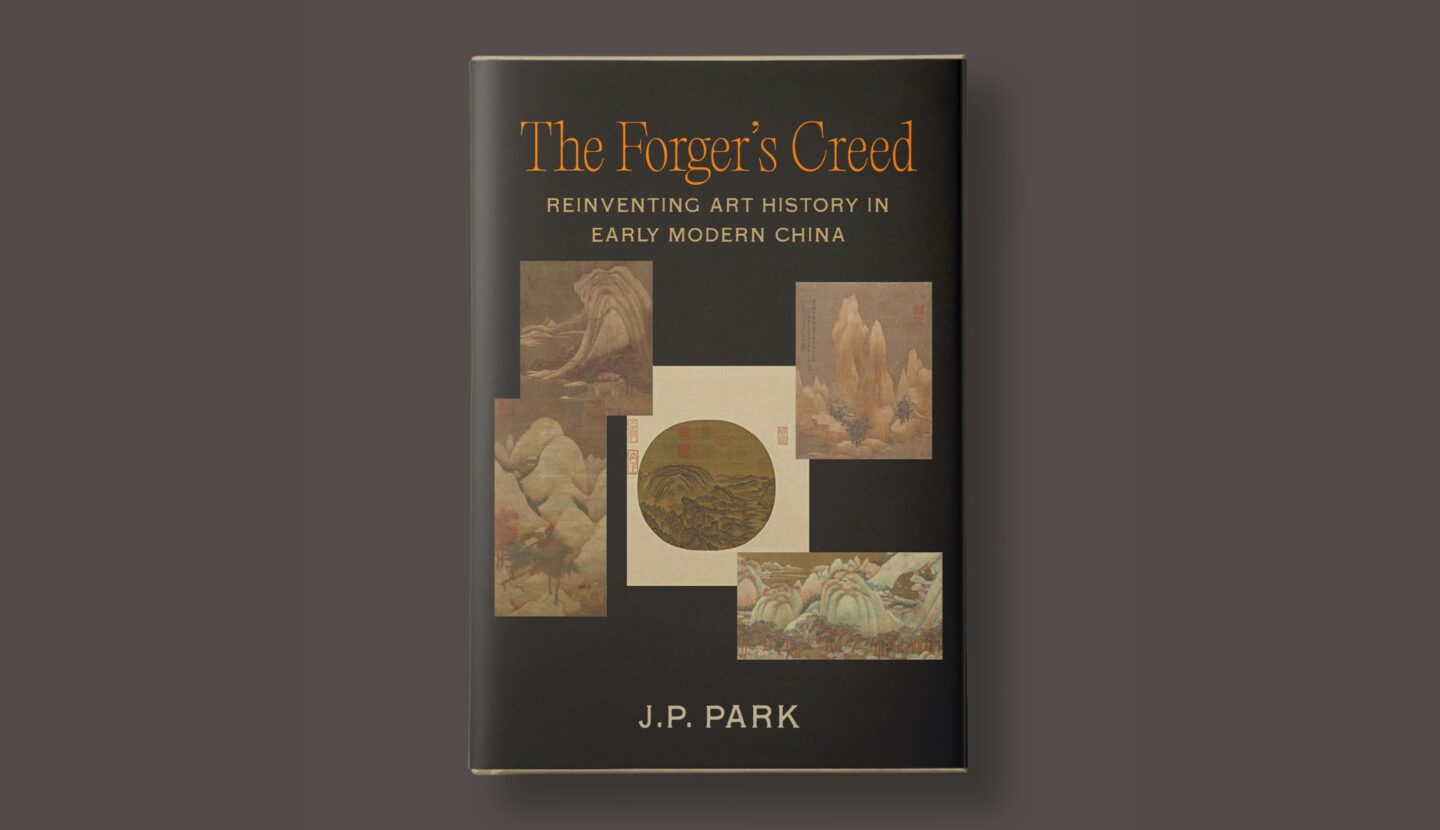
Lincoln College is proud to announce the publication of The Forger’s Creed: Reinventing Art History in Early Modern China (University of California Press), the latest work by J.P. Park, the June and Simon Li Professor in the History of Chinese Art. In The Forger’s Creed, Park offers the first in-depth look at how forgery shaped early modern Chinese art - from fake paintings and invented texts to entirely fabricated art histories.
At the centre of The Forger’s Creed is the remarkable story of Zhang Taijie, a scholar-official who, in 1634, published A Record of Treasured Paintings (Baohui lu). This catalogue, which claimed to showcase Zhang’s extensive personal art collection, was in fact a complete fabrication, an elaborate ploy to cement his legacy as the greatest art collector in Chinese history. Zhang not only invented the written content of the nearly 900-page catalogue, but also produced forged paintings to accompany it - artworks that he later profited from.
Zhang's deception reflects broader trends of the time, where figures like Dong Qichang (1555–1636) constructed unfounded art histories to assert preferred lineages within Chinese art.
Rather than treating these forgeries as simple deceptions, Park explores the deeper cultural, social and familial pressures that drove people to create them. He uncovers a fascinating irony: over time, many of these forgeries were accepted as authentic, becoming part of the very history they once sought to imitate.
Professor Park said, “I identified multiple instances where renowned art historians from Asia, the United States and UK cited content originating in Zhang Taijie’s book - yet attributed it to later, seemingly legitimate sources. This phenomenon recalls Umberto Eco’s observation in Foucault’s Pendulum: scholars often “arrive at the truth through the painstaking reconstruction of a false text.”
My research is less about uncovering forgery for its own sake and more about exploring the mechanisms through which such forgeries gain authority and meaning. This interplay between fabrication and legitimacy underscores the complex ways in which history - and art history in particular - is constructed, revised, and perpetually reimagined.”
Other information
A special reception and lecture will take place at Lincoln on 1 May at 5:00pm to celebrate the publication of the book. Find out more.
Find out more about the book by reading Professor Park's blog, 'A Fascinating Case of Forgery'.